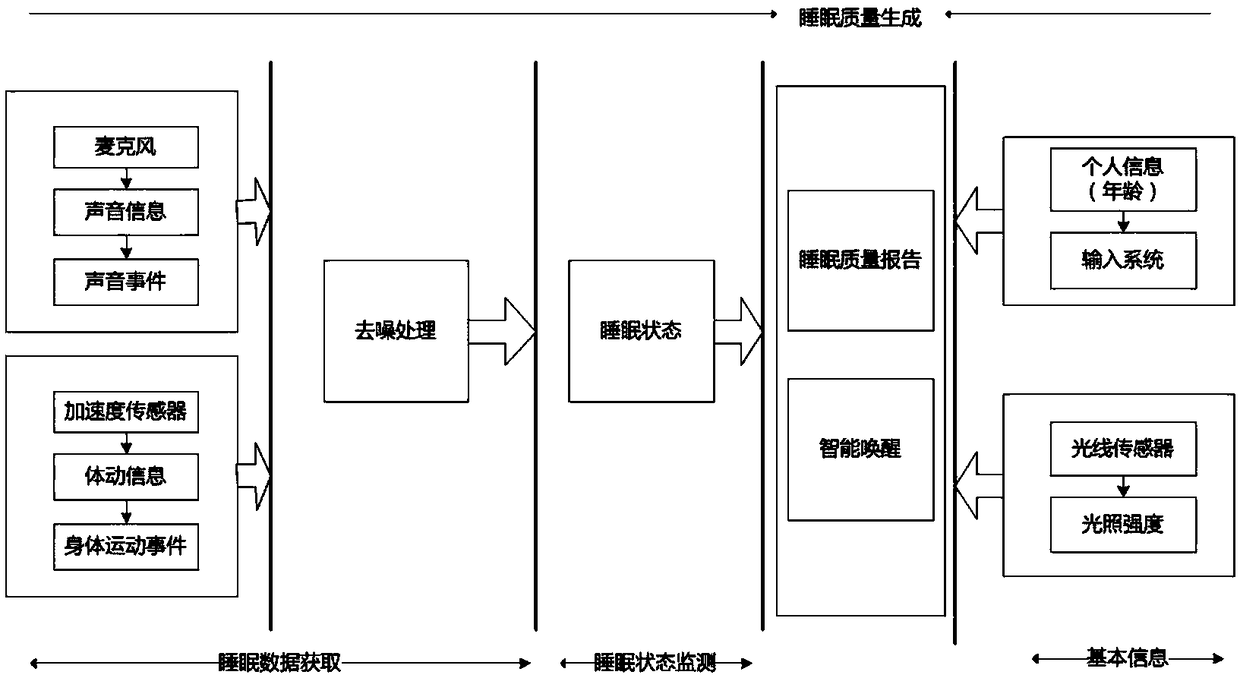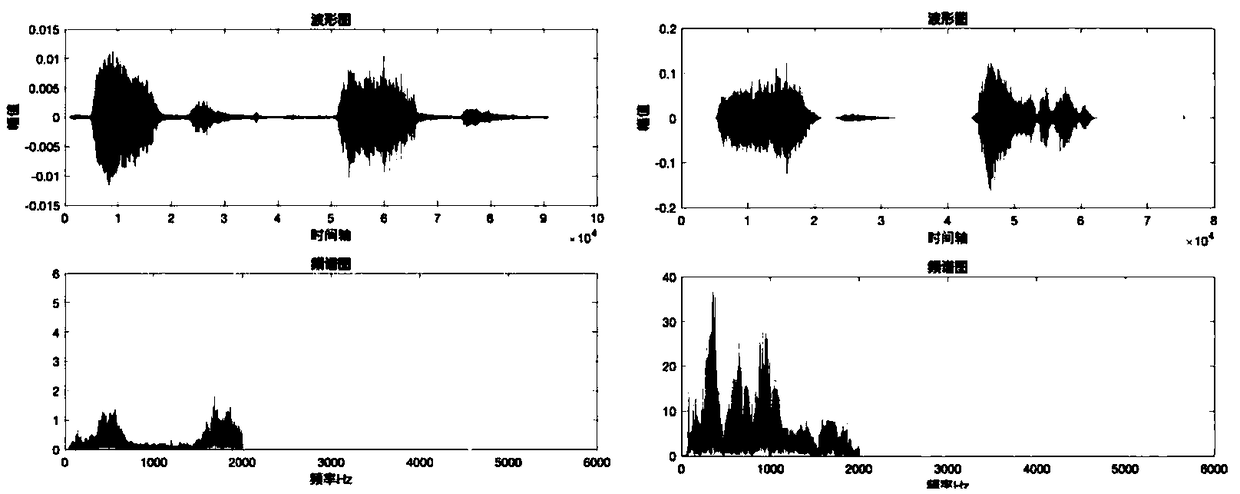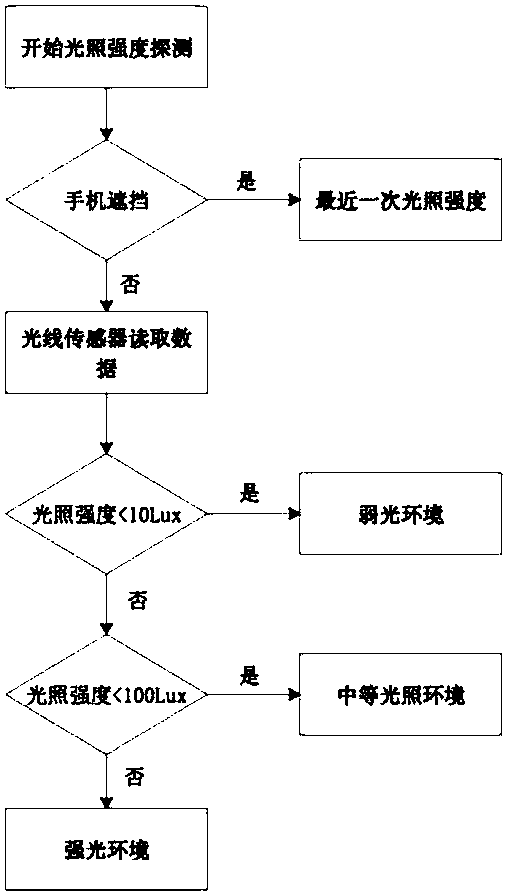Sleep quality monitoring method based on smartphone
A sleep quality, smartphone technology, used in diagnostic recording/measurement, medical science, sensors, etc.
- Summary
- Abstract
- Description
- Claims
- Application Information
AI Technical Summary
Problems solved by technology
Method used
Image
Examples
Embodiment Construction
[0064] In the present invention, in order to ensure the accuracy of the test results, a total of 60 days of sleep data were collected from 20 volunteers, and each volunteer collected sleep data for three days. To ensure the randomness of sampling, the age distribution of volunteers ranged from 20 to 60 years old, and they were divided into 10 males and 10 females. Each volunteer wears a Jawbone UP bracelet and a smartphone equipped with a sleep monitoring system at the same time when taking measurements. The volunteers turn on the sleep monitoring function on the wristband and the smartphone at the same time during sleep. The bracelet is worn on the wrist, and the smartphone Placed next to the pillow, the system automatically measures the sleep state, and compares the accuracy of the system's measurement by comparing the two.
[0065] The sleep state test is divided into two levels of comparison, the first is the time measurement comparison of different sleep stages, and the s...
PUM
 Login to View More
Login to View More Abstract
Description
Claims
Application Information
 Login to View More
Login to View More - R&D
- Intellectual Property
- Life Sciences
- Materials
- Tech Scout
- Unparalleled Data Quality
- Higher Quality Content
- 60% Fewer Hallucinations
Browse by: Latest US Patents, China's latest patents, Technical Efficacy Thesaurus, Application Domain, Technology Topic, Popular Technical Reports.
© 2025 PatSnap. All rights reserved.Legal|Privacy policy|Modern Slavery Act Transparency Statement|Sitemap|About US| Contact US: help@patsnap.com



